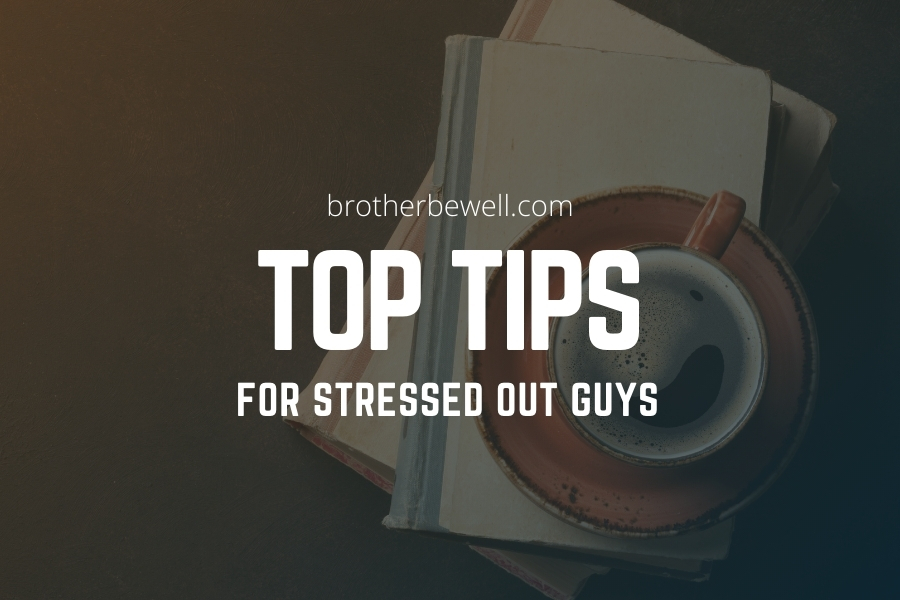Part II: My Introduction to EMDR — Is This Woman Going To Hypnotize Me?
I was in my early 40s, having enjoyed successful careers in broadcasting and non-profit fundraising, and was raising two beautiful daughters when someone decided to take me to court. The charge was completely frivolous, but it was a challenge that was tough to face at the time. Looking back, those months were quite possibly the most transformative period of my life.
The legal battle would have been a lot easier than it was had my attorney not told me to remain tight lipped about everything. Other than my husband, he implored, none of the details of the case were to be discussed with anyone. As it was a fairly high profile case. I had media reporters calling me night and day, and people asking about the case incessantly.
But I could say nothing. Nada. I was told to put the mask back on, and not say a word to anyone. After all, as I’d learned as a kid, “voices carry.”
Not only could I not talk about the details of the case, but I didn’t think I could speak with anyone about the effect that that gag order was having on me. I was having trouble falling asleep, and when I managed that, I was rarely able to sleep through the night. Most days, I headed into a one-hour commute to work that led into an eight to 10 hour work day with only two or three hours of shuteye.
I tried to manage my stress with regular exercise, but I began suffering increasing, almost debilitating headaches. During those weeks, I weathered my first and only panic attack, in my office at work. I got light headed, endured severe, painful chest constrictions, and almost passed out. Those episodes led me to make an appointment with my doctor.
After my doctor ruled out any physical conditions, he surmised that many of my health problems, including the onset of hypertension, was tied to my persistent lack of sleep. He prescribed a mild sedative and suggested I see a therapist. I took the pills every night — while dismissing the advice to begin therapy. I found the pills worked to help me doze off, even while struggling to get more than a few hours of sleep each night, even on weekends.
For the second time in my life, I contemplated suicide. After I deduced that an intentional, fatal overdose of my prescribed sedative might end my emotional pain for good, my husband, Rob, suggested I see a therapist. I hadn’t told him of the doctor’s suggestion that I do the same, so I knew the advice was spot on. Over the years, I’d shared details of my childhood trauma only with my ex-wife and my husband. Rob researched a few therapists who specialized in treating trauma.
It took me a little while to settle in with my therapist, who I’ll call “Karen.” She was an empathetic, well-meaning white woman — I have a long history with well-meaning women — and her gentle probing was just what the doctor had ordered, literally. After a few sessions, I began talking about not just my then-current professional drama, but the impact of the hush order that had been imposed on me, a life-long extrovert. “Don’t talk to anybody about this” might have been an easier pill for my introverted brother to swallow, but for me it was almost akin to a death sentence.
Eventually, I got down to stories of my parents’ fights, the loaded .38 that my father often placed to my mother’s temple, and the car accident that almost killed both of them along with my youngest sister, who was only six years old at the time, and me. For some unknown reason, my brother and other sister had decided to sit that fateful car ride out, and stay at my grandparent’s house.
“Did any of you ever have any therapy,” Karen asked, of the period after the accident.
“Nope, never,” I replied. “My mother used to say that therapy was only for crazy people.”
Luckily, my uncle — Mom’s brother — had countered that with “Crazy people are the ones who know they need help, and don’t seek it out.” Somehow, that edict must have been implanted somewhere in my psyche.
Karen deduced that all of my problems — lack of sleep, the panic attack, the headaches, the hypertension — might all have been due to the trauma I’d suffered and never had treated. At the time, I knew nothing of Adverse Childhood Experiences, or ACEs, but clearly Karen did.
I was skeptical, wondering how events from so long ago could be so impactful. But I was also increasingly anxious, about everything, and was beginning to have trouble masking my problems from my kids by masking everything with alcohol. Specifically, Jack Daniels had become my drink of choice. As I had grown up watching what the excessive use of alcohol can do to a guy — and his family — I was ready to try anything.
Karen suggested Eye Movement Desensitization and Reprocessing, or EMDR. She would have me recall the most extreme events of the childhood trauma, like the car accident, and paired with rapid, back and forth eye movement, in theory, the emotional charge that had been associated with the trauma would be lifted.
She handed me a pamphlet on EMDR — this was at the dawn of the internet, remember — asked me to read it between our weekly appointments, and let her know the following week whether the fairly new treatment modality was something I wanted to pursue.
Over the next few days, I read the materials she gave me, and did a little research of my own. Very honestly, EMDR sounded a little out there to me — was Karen going to hypnotize me, I pondered — but I knew I had to do something. I’d graduated to a liter of Jack Daniels with every weekly trip to the grocery store, and that was along with the daily handful of beers and a shot of Bailey’s in every cup of coffee.
So I’d decided that following my dad down the path to alcoholism wasn’t for me. But would EMDR be the “something” that would finally help me turn the corner?
By Michael P Coleman, Content Director, Brother Be Well



